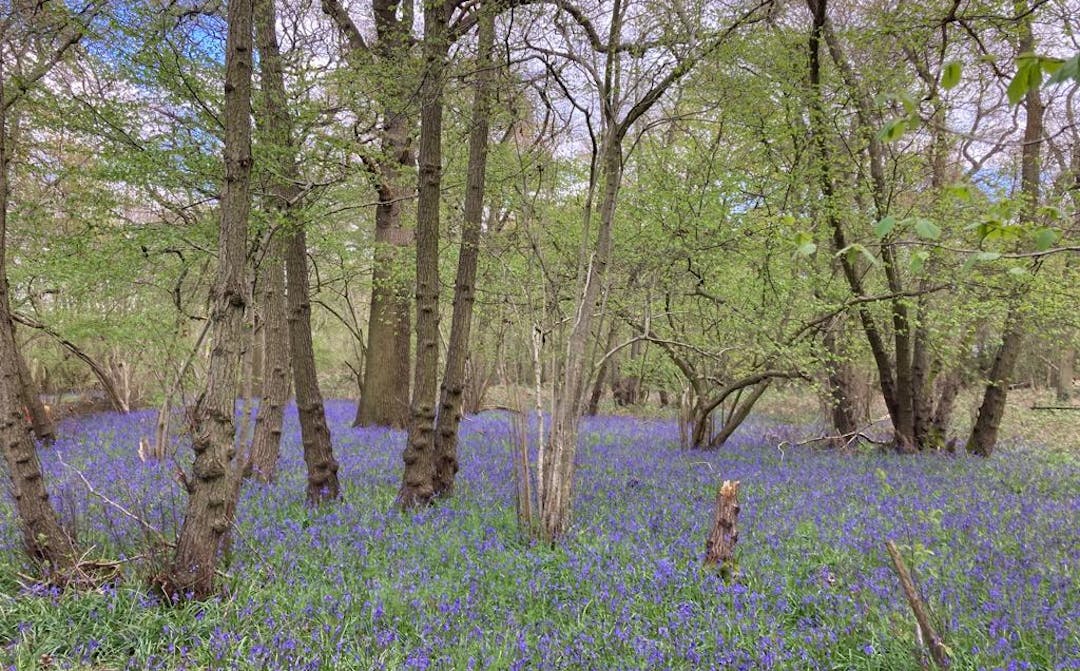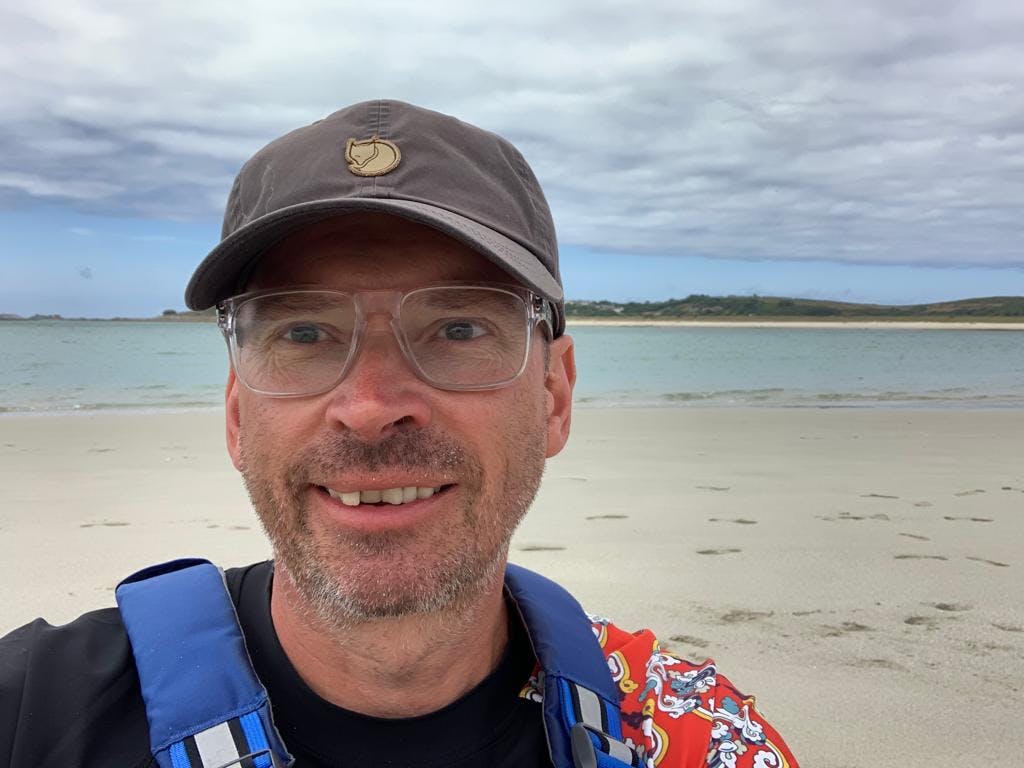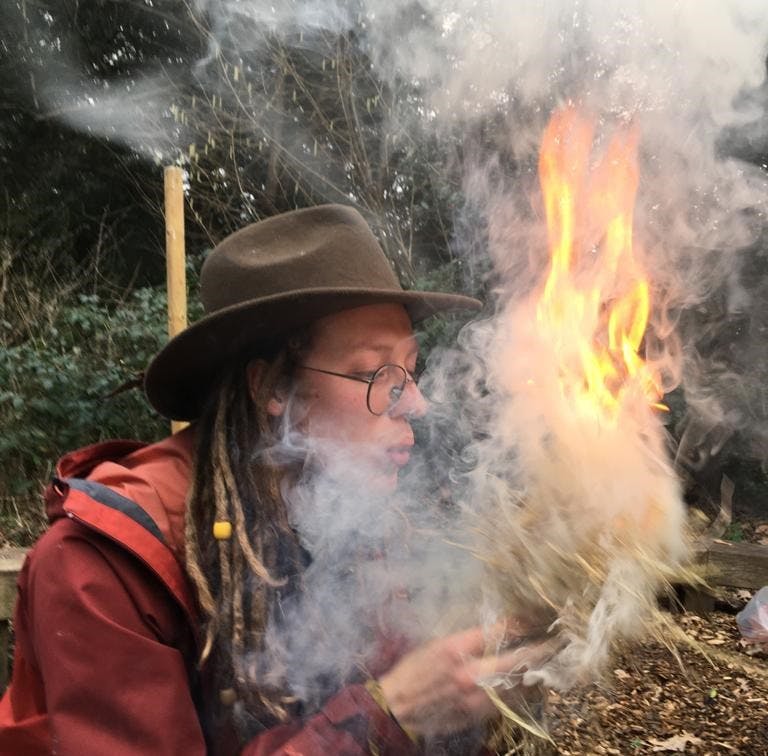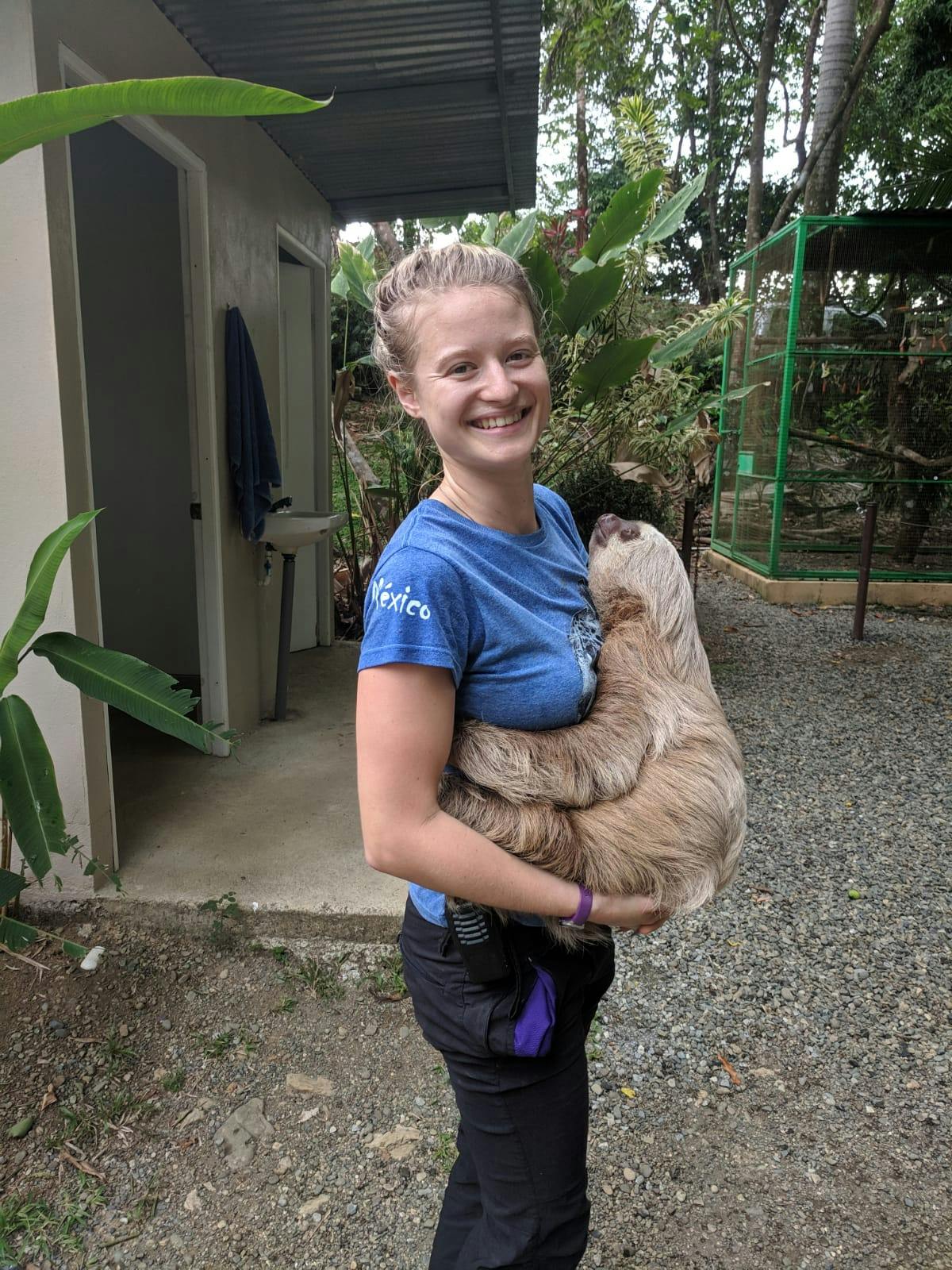Spaces for Nature

The Royal Borough of Windsor and Maidenhead contains over 23 wildlife areas. Some of these are larger, designated Local Nature Reserves, some are smaller patches acting as havens for wildlife amongst busy urban life.
All are free for the public to visit and brilliant places to disconnect, recharge and be in nature.
• Find key information on the right hand column.
• Scroll down the Newsfeed tab below to check out ecological projects happening across the Borough.
• Check the Documents of Interest tab to see reports from Council and community relating to biodiversity in the Borough.
• Explore the Map below to explore where our reserves lie.
• Use the Guestbook tab to add your own experiences of RBWM natural spaces.
The Royal Borough of Windsor and Maidenhead contains over 23 wildlife areas. Some of these are larger, designated Local Nature Reserves, some are smaller patches acting as havens for wildlife amongst busy urban life.
All are free for the public to visit and brilliant places to disconnect, recharge and be in nature.
• Find key information on the right hand column.
• Scroll down the Newsfeed tab below to check out ecological projects happening across the Borough.
• Check the Documents of Interest tab to see reports from Council and community relating to biodiversity in the Borough.
• Explore the Map below to explore where our reserves lie.
• Use the Guestbook tab to add your own experiences of RBWM natural spaces.
-
New interpretation across our reserves
Share New interpretation across our reserves on Facebook Share New interpretation across our reserves on Twitter Share New interpretation across our reserves on Linkedin Email New interpretation across our reserves link
RBWM are working with a fantastic artist, Stu McLellan, to produce a fresh new series of signs for our nature reserves. These are already up across Ockwells Park, Trinity Wildlife Area and Battlemead, and soon to be found at Braywick Nature Centre.
We love Stu's designs because we hope they can be engaging for children whilst also informative to adults. We hope you enjoy learning about the wildlife in your local reserves!
-
Ancient bluebell wood at Little Thrift
Share Ancient bluebell wood at Little Thrift on Facebook Share Ancient bluebell wood at Little Thrift on Twitter Share Ancient bluebell wood at Little Thrift on Linkedin Email Ancient bluebell wood at Little Thrift link
This is the perfect time of year to witness one of nature's delights. Head over to Little Thrift wood and follow the newly created head hedge path. Either side of you is a forest of beautiful bluebells. Take time to enjoy this spectacle - it will be gone in a month till next year!
The fencing was put in by a contractor and some of our fantastic community: the Windsor and Maidenhead Conservation Volunteers. We can't thank them enough for providing a beautiful walkway for the public to enjoy the wood whilst keeping the bluebells protected from trampling.
-
Oakley Green Cemetery Covid Memorial Pond
Share Oakley Green Cemetery Covid Memorial Pond on Facebook Share Oakley Green Cemetery Covid Memorial Pond on Twitter Share Oakley Green Cemetery Covid Memorial Pond on Linkedin Email Oakley Green Cemetery Covid Memorial Pond linkTo remember the lives lost by Covid 19, a Memorial Wildlife Pond has been created at Oakley Green Cemetery.
This pond is filled with native freshwater plants, to attract a thriving ecosystem. We hope to see newts, invertebrates and plenty of water plants. A selection of bulbs have been planted around the pond to provide spring interest to the site.
This project has been championed by Cllr Donna Stimson and Cllr Helen Taylor.
-
Arthur Jacobs and Poyle Poplars updates
Share Arthur Jacobs and Poyle Poplars updates on Facebook Share Arthur Jacobs and Poyle Poplars updates on Twitter Share Arthur Jacobs and Poyle Poplars updates on Linkedin Email Arthur Jacobs and Poyle Poplars updates link
These lovely adjacent nature reserves are on the edge of RBWM in close proximity to Heathrow. Part of the Colne Valley Regional Park, you can find a gorgeous poplar lined woodland trail and a series of small lagoons with a biodiversity of wildflowers encasing them. The Natural Environment Team are working to maintain a high species diversity, by adjusting cutting regimes - stopping the overdominance of species like hemlock and nettle. Come here for wetlands, woodland, scrub and fantastic birdwatching.
-
Revitalising the Braywick Nature Centre Garden
Share Revitalising the Braywick Nature Centre Garden on Facebook Share Revitalising the Braywick Nature Centre Garden on Twitter Share Revitalising the Braywick Nature Centre Garden on Linkedin Email Revitalising the Braywick Nature Centre Garden link
Our new Ranger Tom and the team have been working hard to make Braywick Nature Centre garden an exemplar of wildlife gardening.
We have wildlife flowers growing across the lawn, plenty of large logs acting as dead wood, an orchard area, silver birch trees, pollinator friendly shrubs, wildflowers and a native hedge perimeter.
Fresh and organically grown produce is going to feature in our environmental education programme, show demonstrate pollination and ways to utilise human and wildlife's needs in a space.
-
Spring Bulbs at Trinity Wildlife Area
Share Spring Bulbs at Trinity Wildlife Area on Facebook Share Spring Bulbs at Trinity Wildlife Area on Twitter Share Spring Bulbs at Trinity Wildlife Area on Linkedin Email Spring Bulbs at Trinity Wildlife Area link
A wonderful Windsor resident donated funds for 3000 gorgeous spring bulbs planted at Trinity Wildlife Area. These snowdrops were planted just at the start of February 2022 and were blooming all early spring! Head over to Trinity to see how the beautiful new area.
-
Wildlife screen at Battlemead
Share Wildlife screen at Battlemead on Facebook Share Wildlife screen at Battlemead on Twitter Share Wildlife screen at Battlemead on Linkedin Email Wildlife screen at Battlemead link
To help protect wildfowl from the newly created footpath across the Causeway at Battlemead, a wildlife screen has begun creation. The majority of this work was undertaken by an amazing team from Wild Maidenhead during January.
There has been plenty of other planting work happening at Battlmead over the last few years. WildCookham and Wild Maidenhead have helped place numerous native whips over the West Field. In 2017, along the riverside many groups helped to plant a 850m wildlife hedge made of 4500 native British whips. This will grow into an important habitat and wildlife corridor for many animals.
We are excited to continue to support Battlemead's habitats (woodland, wetland, conservation grass and scrub) to develop and thrive in the future.
-
Sutherland Grange tree planting
Share Sutherland Grange tree planting on Facebook Share Sutherland Grange tree planting on Twitter Share Sutherland Grange tree planting on Linkedin Email Sutherland Grange tree planting link
Sutherland Grange is one of RBWM's designated Local Nature Reserves. Because a part of the site was historically grazed, the grassland is biodiverse and gets this designation.
Wild Windsor, one of our local conservation groups, recently planted 100 new trees at Sutherland Grange. This fantastic project will help create pockets of habitat amongst the mown grass, as well as providing interesting features across the reserve.
The image shows long time Windsor resident Tim Dodd planting the first tree.
-
Ockwells Tree Planting
Share Ockwells Tree Planting on Facebook Share Ockwells Tree Planting on Twitter Share Ockwells Tree Planting on Linkedin Email Ockwells Tree Planting link
Over 3 years at Thrift Wood, Ockwells Park, 15,000 trees are being planted to aid nature recovery.
As part of the Queen's Platinum Jubilee Tree Planting Celebration, RBWM organised a family tree planting day at on the 15th January 2022. About 250 volunteers from the public came along and we planted over 600 trees!
Our trees were all native species such as Hawthorn, Oak, and Hazel to ensure plenty of wildlife can enjoy them.
-
Oaken Grove Park ponds
Share Oaken Grove Park ponds on Facebook Share Oaken Grove Park ponds on Twitter Share Oaken Grove Park ponds on Linkedin Email Oaken Grove Park ponds linkOaken Grove in Maidenhead has had installed a number of features for wildlife and public enjoyment. The Sir Nicholas Winton Memorial Gardens, commemorating the man responsible for the incredible 'Kindertransport' project during the second World War, contain various plantings and features.
The ponds have been naturalised by adding native, oxygenating flora in planter baskets and creating hedgehog ladders around it. We are continuing to improve the pond habitat by enabling it to become more wildlife friendly.
The Natural Environment Team
-

Email jason.mills@rbwm.gov.uk -

-

-

Email thomas.hall@rbwm.gov.uk -

Email rosie.street@rbwm.gov.uk
Find local Community Groups - help conservation!
Videos
-
Click here to play video Thrift Wood tree planting A video showcasing the tree planting project taking place at Ockwells Park in Maidenhead
-
Click here to play video Conservation Grazing at Battlemead Livestock have been reintroduced to an area of Battlemead Common, north of Maidenhead, in an exciting new trial designed to help enhance biodiversity at the site. Almost 40 cows - Herefords and a Belted Galloway - are now located in the east field, with some of the herd due to be moved into the north field soon. Both fields are designated as grazing marsh priority habitat by Natural England. Conservation grazing is an effective and sustainable way to maintain and improve certain habitats and is used successfully across the country by various wildlife and conservation charities. It means areas don’t become overgrown, encouraging a diverse range of plants and animals, including invertebrates, amphibians, birds, and, in turn, small mammals to thrive.
-
Click here to play video Annual cut and collect for meadow management.



